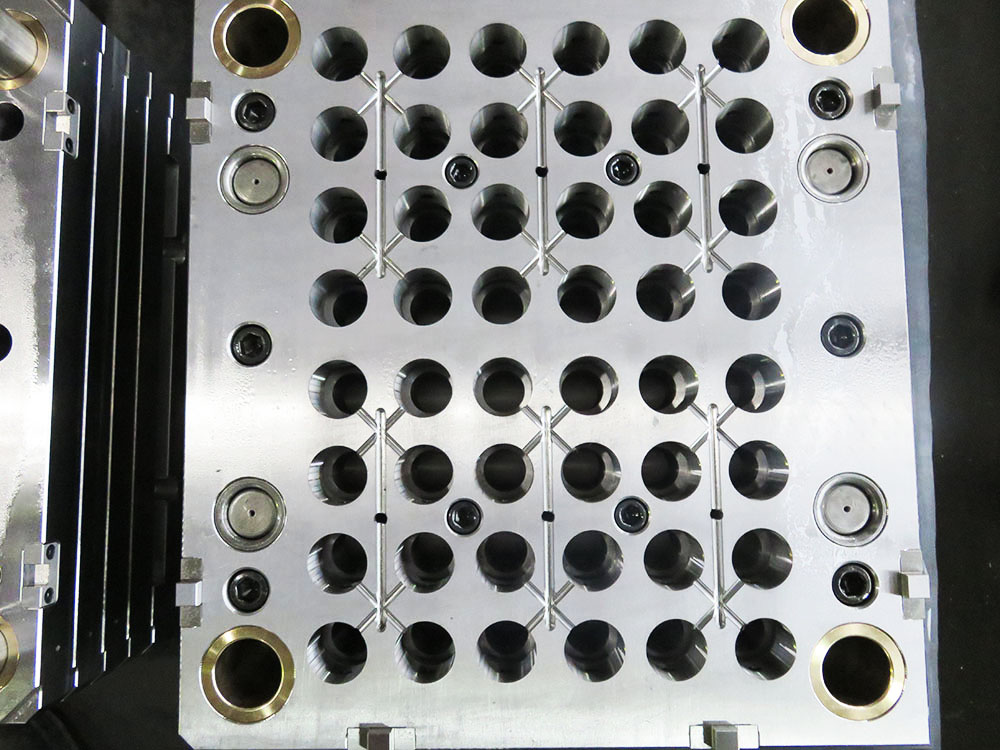Mold Base Industry: Addressing Misalignment of Packaging Machine Templates
The packaging industry plays a crucial role in ensuring the safe and efficient delivery of products to consumers. One aspect of this industry that requires meticulous attention is the alignment of packaging machines and their templates. Misalignment can lead to issues such as product damage, low production efficiency, and increased costs. In the mold base industry, it is crucial to address and resolve misalignment problems promptly to maintain high standards of quality and productivity.
Understanding the Issue
Misalignment occurs when the packaging machine template is not properly aligned with the mold base. This misalignment can have several causes, including wear and tear, improper machine setup, or insufficient maintenance. When the template is misaligned, it can result in irregular packaging or even compromise the integrity of the product being packaged.
One of the primary challenges in addressing misalignment is identifying the root cause. This requires a comprehensive analysis of the production process, machine setup procedures, and maintenance protocols. By pinpointing the underlying factors contributing to misalignment, corrective actions can be taken to mitigate the issue.
Importance of Addressing Misalignment
Misalignment in the packaging machine template can have significant implications for both manufacturers and consumers. For manufacturers, it can lead to decreased productivity, increased production costs, and a decline in product quality. Misaligned packaging machines can result in wasted materials, rejections, or the need for rework, all of which negatively impact the bottom line.
From the consumers' standpoint, misalignment can result in damaged or compromised products. This may lead to customer dissatisfaction, a decline in brand reputation, and potential legal liabilities. Ensuring proper alignment of packaging machines, therefore, is vital for maintaining consumer trust and loyalty.
Resolving Misalignment Issues
Resolving misaligned packaging machine templates requires a systematic approach that involves collaboration between various stakeholders, including machine operators, maintenance personnel, engineers, and management. Here are some key steps in addressing misalignment:
- Regular Maintenance: Implementing a proactive maintenance schedule ensures that machines are regularly checked for wear and tear. Routine inspections and preventative maintenance can help identify and resolve misalignment issues before they cause significant problems.
- Training and Education: Providing comprehensive training to machine operators and maintenance personnel is essential for them to understand the importance of proper template alignment. Knowledge of machine setup procedures and maintenance best practices helps prevent misalignment from occurring in the first place.
- Investing in Upgraded Machinery: In some cases, misalignment issues can be attributed to outdated or inadequate machinery. Investing in modern, well-designed packaging machines with robust alignment mechanisms can significantly mitigate misalignment problems.
- Data Analysis and Continuous Improvement: Monitoring and analyzing data related to machine performance, downtime, and misalignment incidents can provide valuable insights for continuous improvement. Identifying patterns and trends can help identify underlying issues and implement appropriate corrective actions.
Conclusion
The misalignment of packaging machine templates in the mold base industry is a critical issue that can have detrimental effects on both manufacturers and consumers. By understanding the root causes, emphasizing proper maintenance, training personnel, upgrading machinery, and implementing data-driven improvements, the industry can address misalignment and enhance productivity, quality, and customer satisfaction. It is crucial for all stakeholders to collaborate and prioritize the resolution of misalignment issues to ensure the smooth and efficient functioning of the packaging process in the mold base industry.




